Guided Labeling for a Universal Experience
Design Team

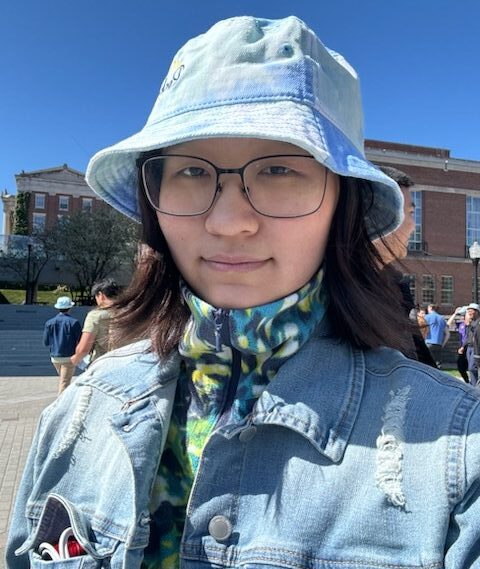
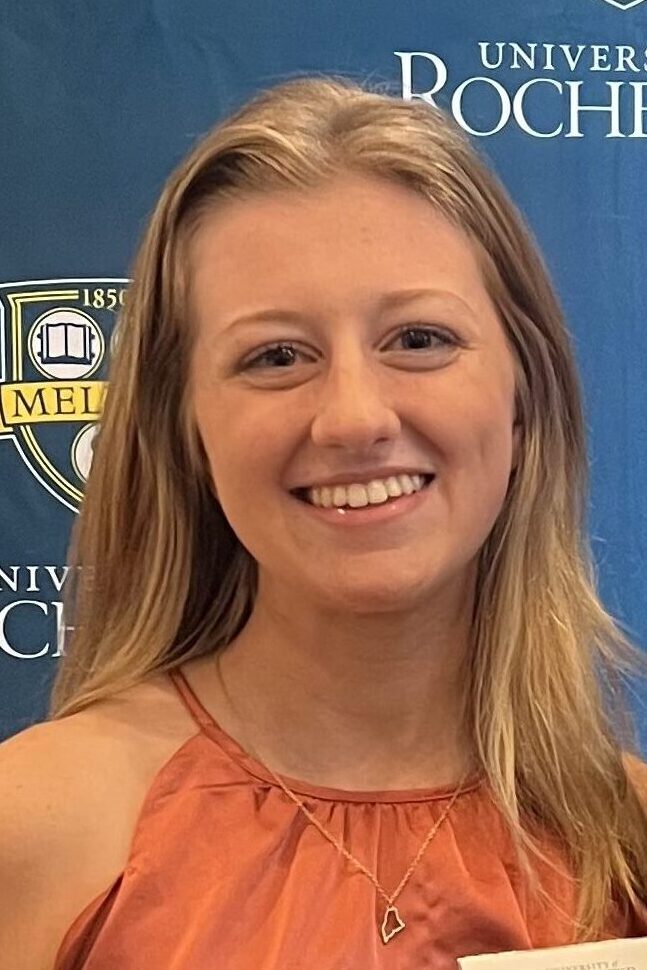

Eugene Anku
Shirley Jin
Hannah Rickert
Devin Wong
Customer
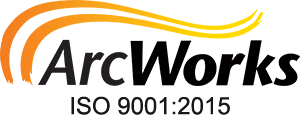
ArcWorks, a subdivision of the Arc of Monroe, is a contract-based manufacturing facility, working with companies such as Thermo Fisher Scientific and Fee Brothers. As an ISO 9001-certified facility, ArcWorks offers employment opportunities for individuals with disabilities, promoting inclusivity and diversity in the manufacturing workforce through various training programs and production processes.
Problem Statement
The GLUE: Guided Labeling for a Universal Experience team aims to improve a gluing machine for labeling bitters bottles through the Arc of Monroe, an organization working towards employing individuals with disabilities. Our improved device will automate the gluing process to increase production speed, while still having workers carry out part of the process.
Design Overview
In general, gluing machines apply a thin film of glue to a surface, such as a piece of paper, and most will transfer that paper onto a product, often to cylindrical products. For our proposed device, we want to develop a semi-automated wet gluing machine to glue and label the bitters bottles.
Original Device

On the device that is currently used, the label is placed on the roll coater with glue and then the spindle is rotated. The label is then carefully placed on the bottle and rolled. The bottle neck and bottom are crimped. The current device and process have daily, weekly, and yearly maintenance. At the end of each workday, the device is soaked in hot water and the glue scrubbed clean. Additionally, the spindle, which wears down, is wire-scrubbed weekly to maintain ridges that pick up the glue. Yearly, the spindle and rod are replaced due to wear and tear.
Automation Prototyping

The team performed baseline testing and prototyping on the original device after we received an extra unit from ArcWorks. We designed a shaft coupling (above) to connect the geared motor to the spindle knob for the glue application roller and incorporated a ¾ inch idler to help guide labels through the glue application roller. The glue application process was tested by each team member and timed during sitting and standing variations without the idler. 10 samples were recorded from each team member per variation and an FMEA analysis was performed. After motorizing the glue application roller, 10 trials were recorded at maximum speed (~211rpm) and the average gluing speed was recorded and compared to our manual testing. Results showed a significant improvement in labeling speed.
Idle Roller Prototyping
Through continued experimentation and iterations of our design, we identified that the most significant issue at this stage is the lack of a downward force to press the water-glued label onto the bottle. During testing, labels often failed to adhere to the bottle and instead rotated along with the lower roller, eventually sticking to the roller itself. We explored several designs for the top component, including slanted flat plates and semi-circular surfaces, but none of these produced satisfactory results. As a result, we revisited the idea of incorporating an idler. Unlike the previous version, the new idler is the same size as the lower roller and positioned directly above the bottle. During a simulation where one team member manually held the idler in place due to limitations in our frame design, we observed promising results. Based on this outcome, we decided to include the idler in our final prototype.
Base Prototyping



Above are the three iterations of the base for the glue well that we went through. Our first iteration was too complex to fabricate, so we separated it into two parts. From there we were able to calculate the proper thickness needed for each piece so they could be assembled later.
Final Design
Our final design puts each of our prototyping phases together into one cohesive system.
As shown in both the diagram above and our actual solution below, we ended up 3-D printing the couplers for the motors as well as the shaft housing. We additionally added metal guides to improve label placement accuracy.
Media
CREATE Symposium!
On April 9th, two of our team members attended NYSID’s CREATE Symposium in Albany, NY. It was great to see so many projects helping improve accessibility for people with disabilities!
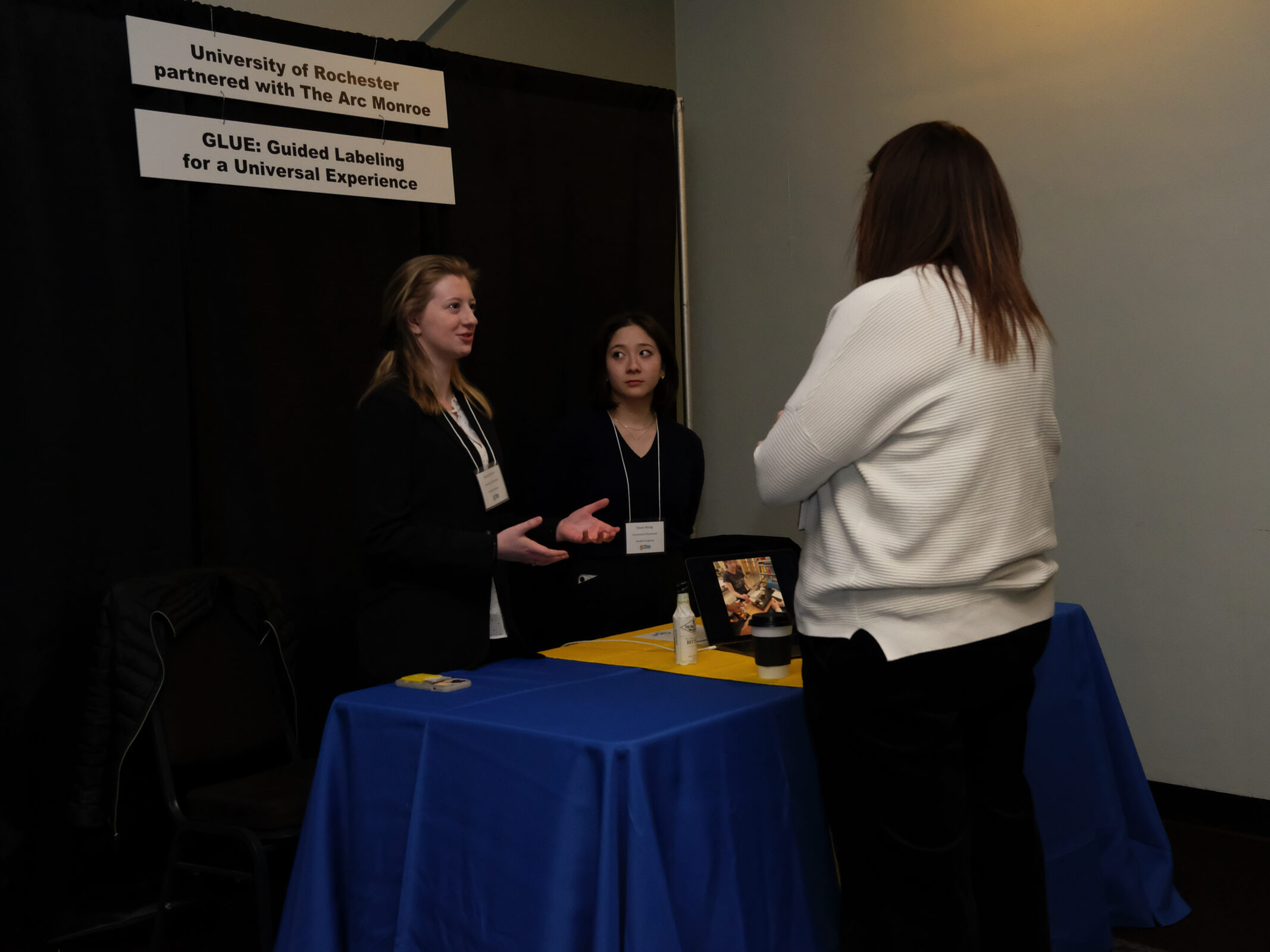
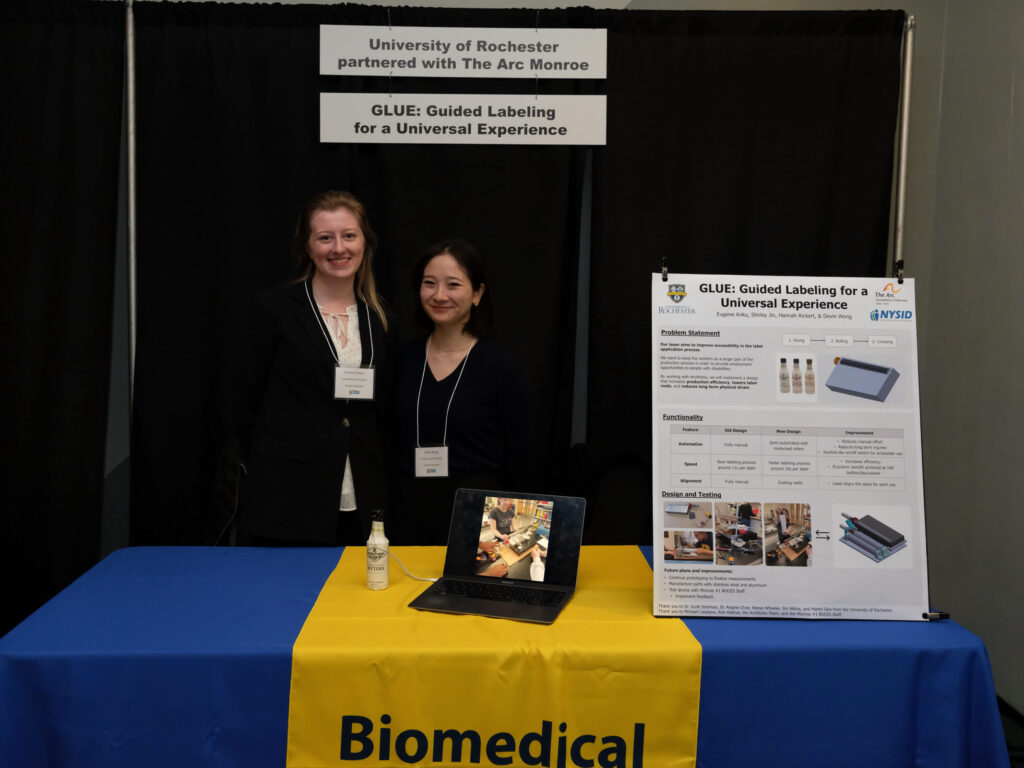
Acknowledgements
We would like to thank our customer — Michael Catalano, our supervisor — Dr. Regine Choe, our project liaison — Reese Wheeler, the entire Rettner and Taylor Hall fabrication studio staff, Megan Tatro of NYSID, Marty Gira, and Dr. Seidman for their guidance throughout our project.
